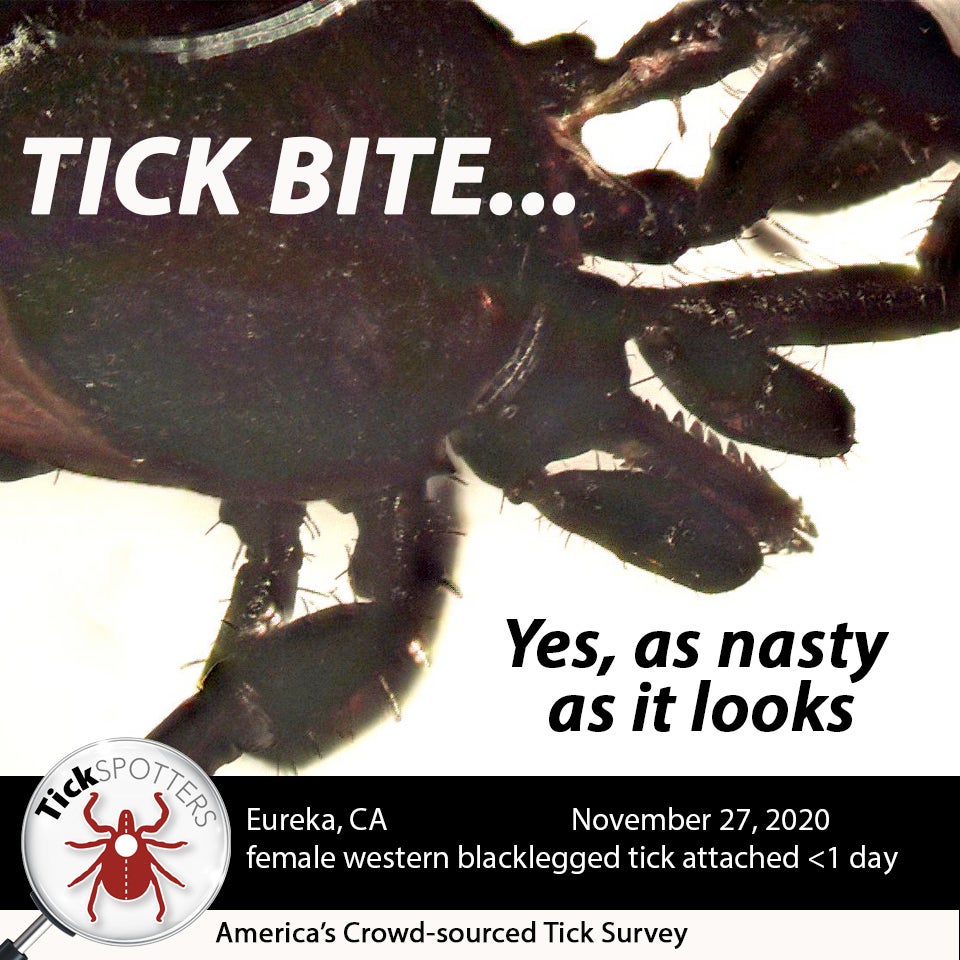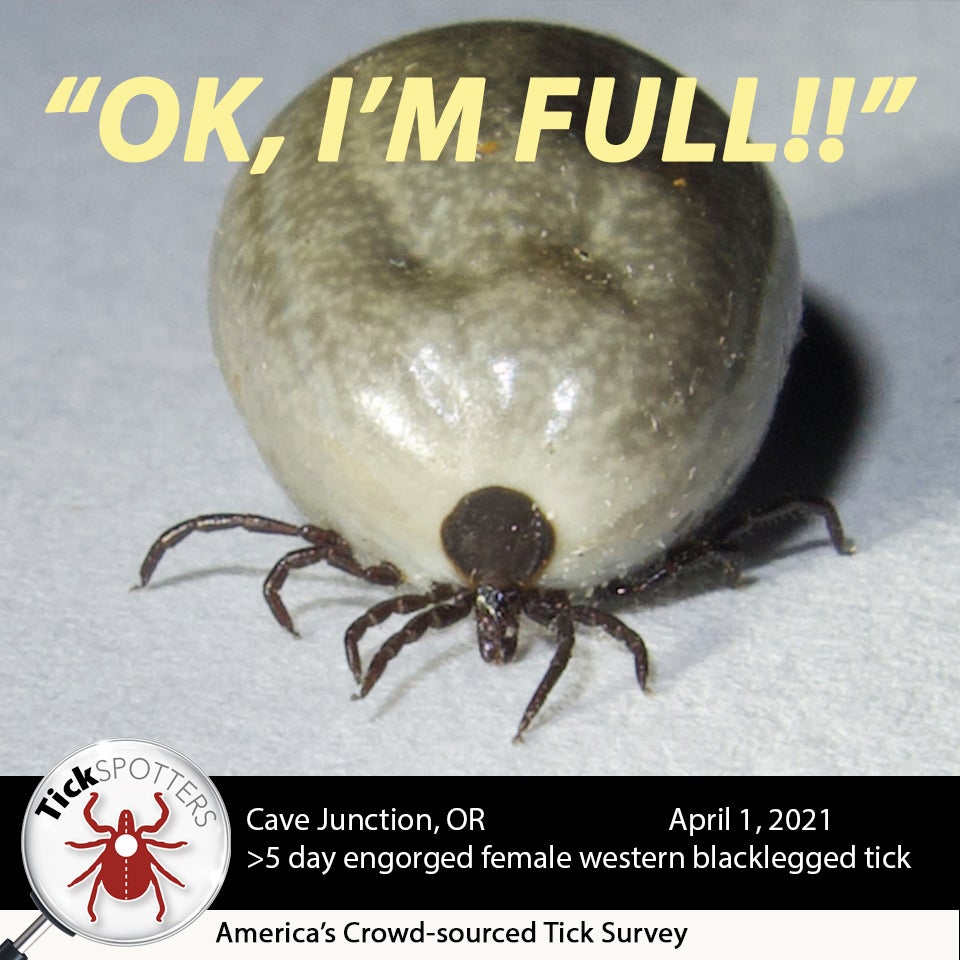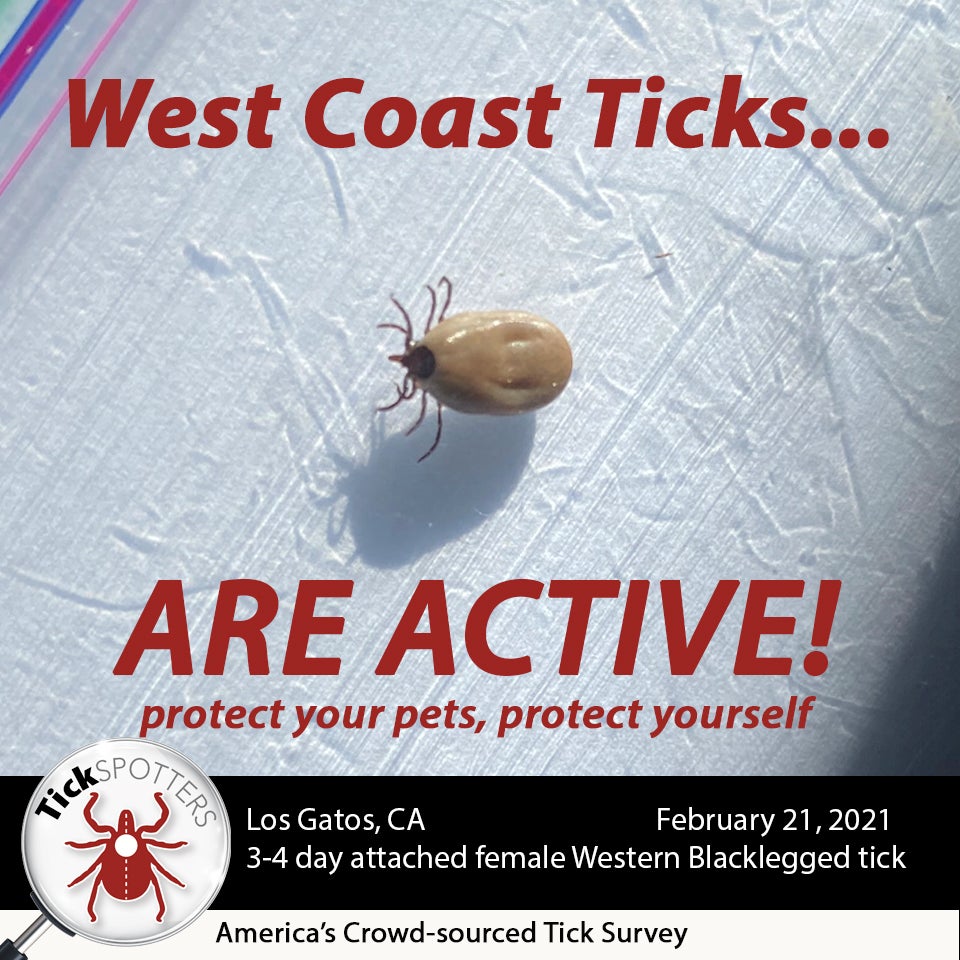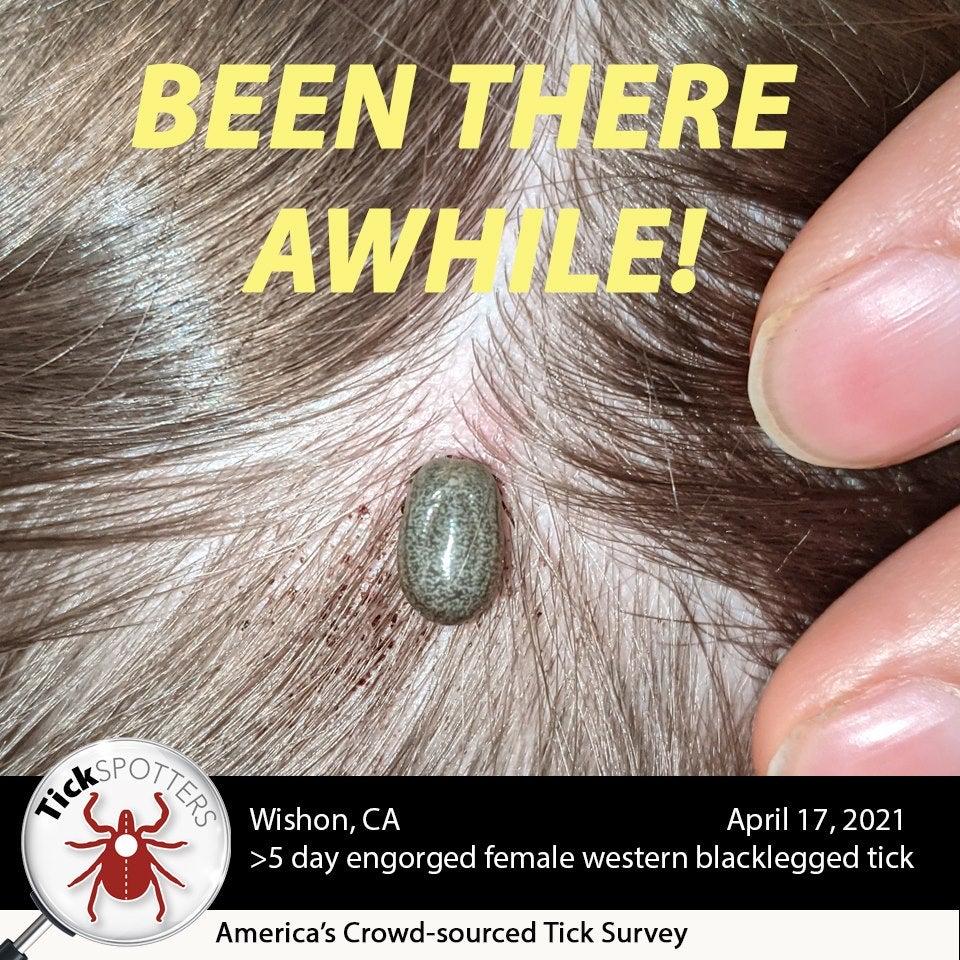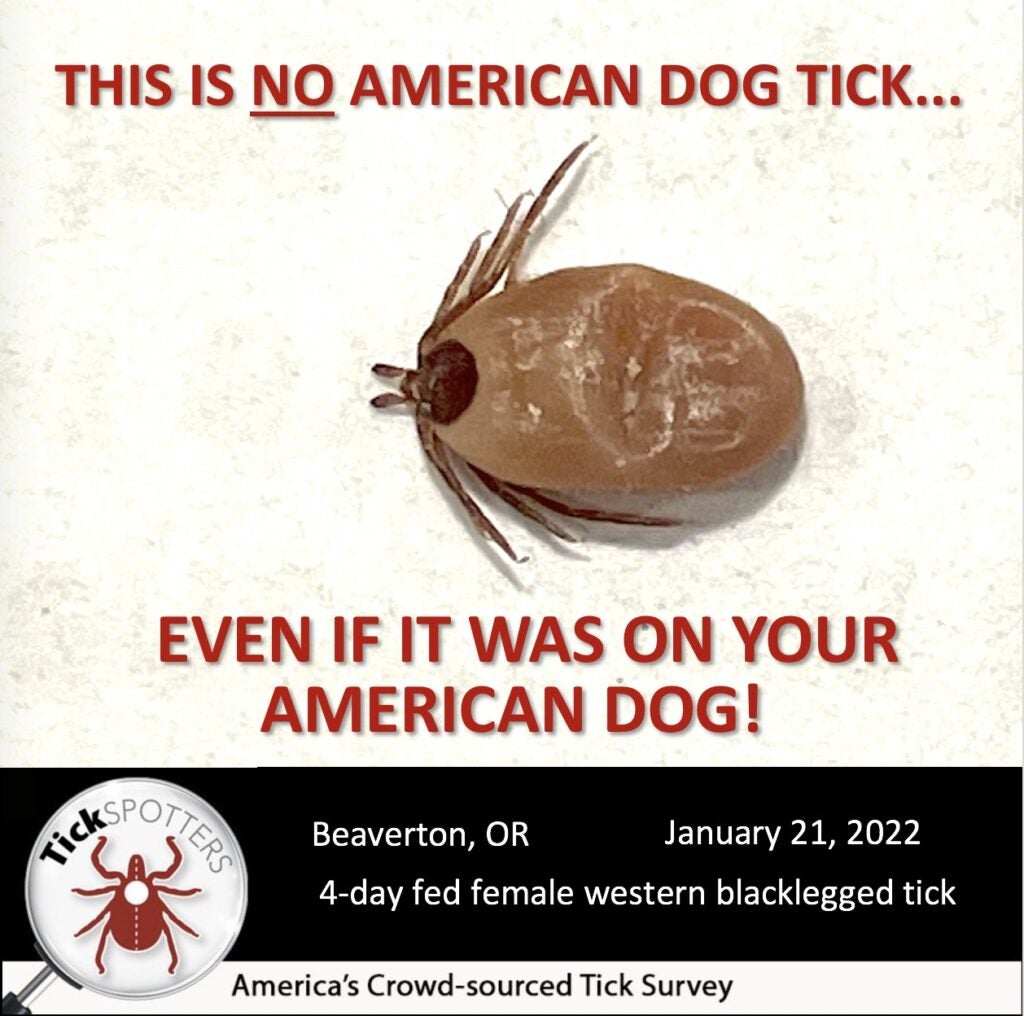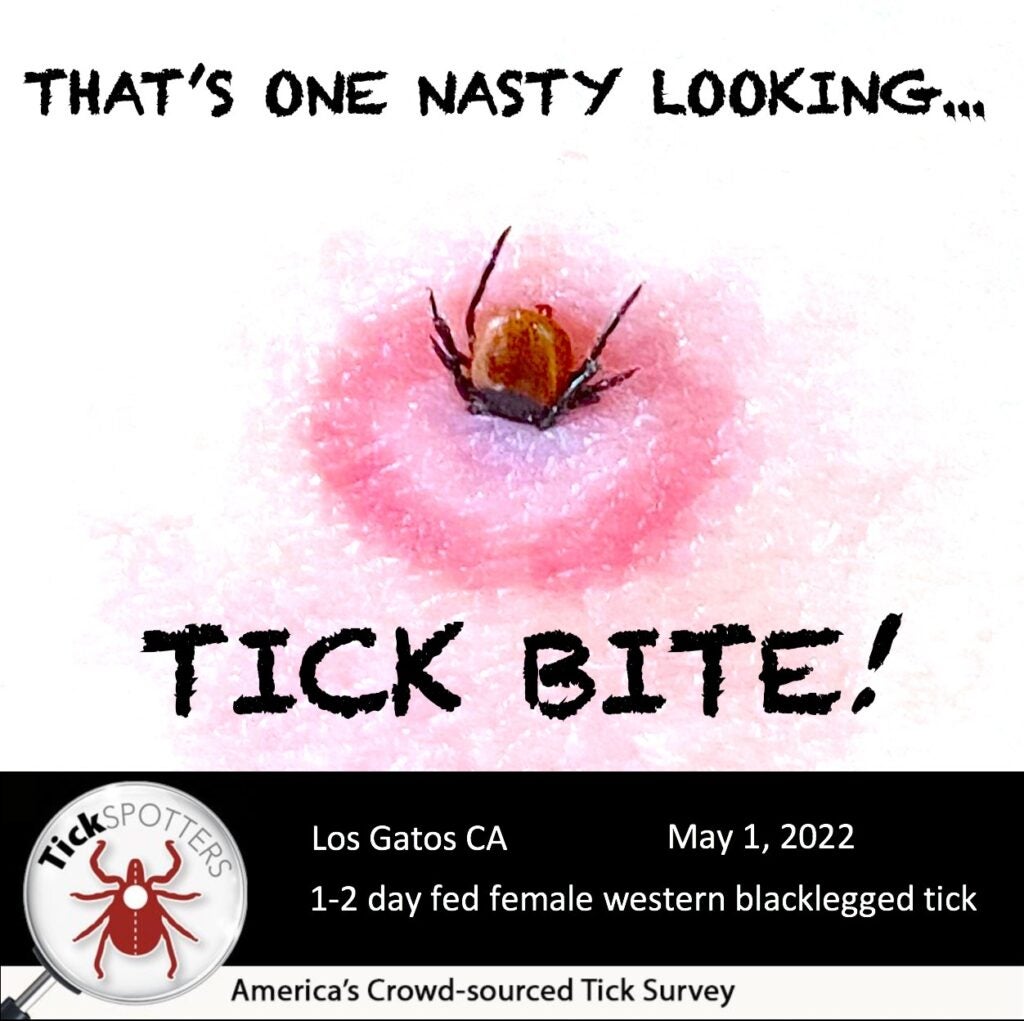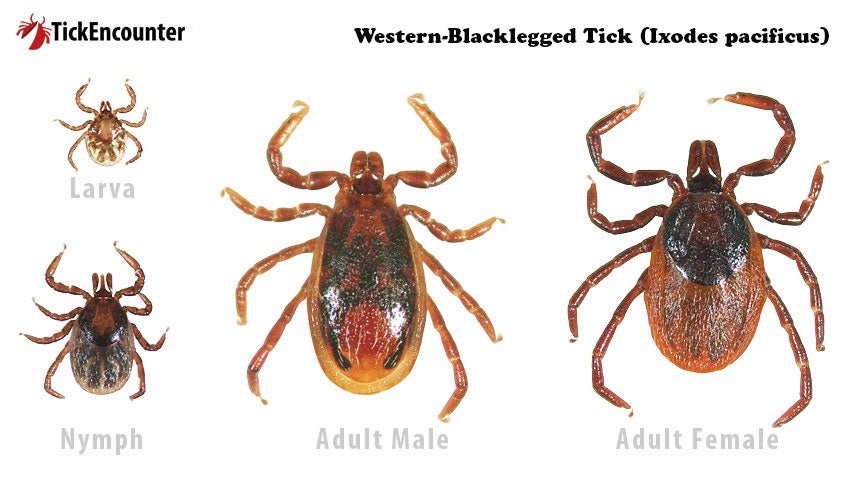
Overview
This tick is widely distributed in Pacific Coast states and British Columbia in Canada. It is the principal vector of Lyme disease bacteria and several other disease-causing germs. It is especially abundant along northern coastal habitats and the western Sierra Nevada range. Pockets of distribution have been reported eastward in Utah and Nevada. These ticks are most typically encountered in forested and grassland habitats adjacent to forest, scrub-shrub habitats, and near water.
Field Notes
Western blacklegged ticks are closely related to the eastern blacklegged (deer) tick (Ixodes scapularis). They would be hard to tell apart without the aid of a microscope but the eastern version of this tick has never been reported from the west coast unless there was a recent travel history somewhere east. In most Pacific coastal states, the adult stages typically start to become abundant by early December and remain active all winter into early summer when their activity is curtailed by lowering humidity. The nymphs are most abundant in April, May, and June. Immature stages (larvae, nymphs) readily attach to and feed on lizards and small rodents. The high level of immature tick blood-feeding on lizards is likely a main factor limiting the tick infection rate (usually <5% of ticks are infected) with Borrelia burgdorferi, as lizards are not competent reservoir hosts for this bacteria.
Life Cycle Stages
Adult Female
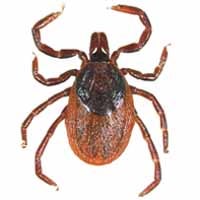 Top
TopPacific Region
Encounter Risk
JanFebMarAprMayJunJulAugSepOctNovDecKnown Diseases Transmitted
- Hard tick relapsing fever
Borrelia miyamotoi (bacteria)
- Human Anaplasmosis
Anaplasma phagocytophilum (bacteria)
- Human Babesiosis
Babesia microti (protozoa)
- Lyme Disease
Borrelia burgdorferi (bacteria)
Adult Male
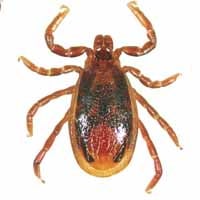 Top
TopPacific Region
Encounter Risk
JanFebMarAprMayJunJulAugSepOctNovDecKnown Diseases Transmitted
- Hard tick relapsing fever
Borrelia miyamotoi (bacteria)
- Human Anaplasmosis
Anaplasma phagocytophilum (bacteria)
- Human Babesiosis
Babesia microti (protozoa)
- Lyme Disease
Borrelia burgdorferi (bacteria)
Nymph
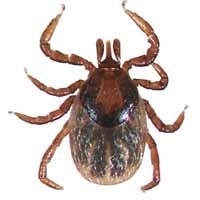 Top
TopPacific Region
Encounter Risk
JanFebMarAprMayJunJulAugSepOctNovDecKnown Diseases Transmitted
- Hard tick relapsing fever
Borrelia miyamotoi (bacteria)
- Human Anaplasmosis
Anaplasma phagocytophilum (bacteria)
- Human Babesiosis
Babesia microti (protozoa)
- Lyme Disease
Borrelia burgdorferi (bacteria)
Larva
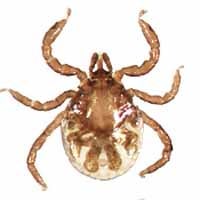 Top
TopPacific Region
Encounter Risk
JanFebMarAprMayJunJulAugSepOctNovDecKnown Diseases Transmitted
No known diseases in this region at this time.

